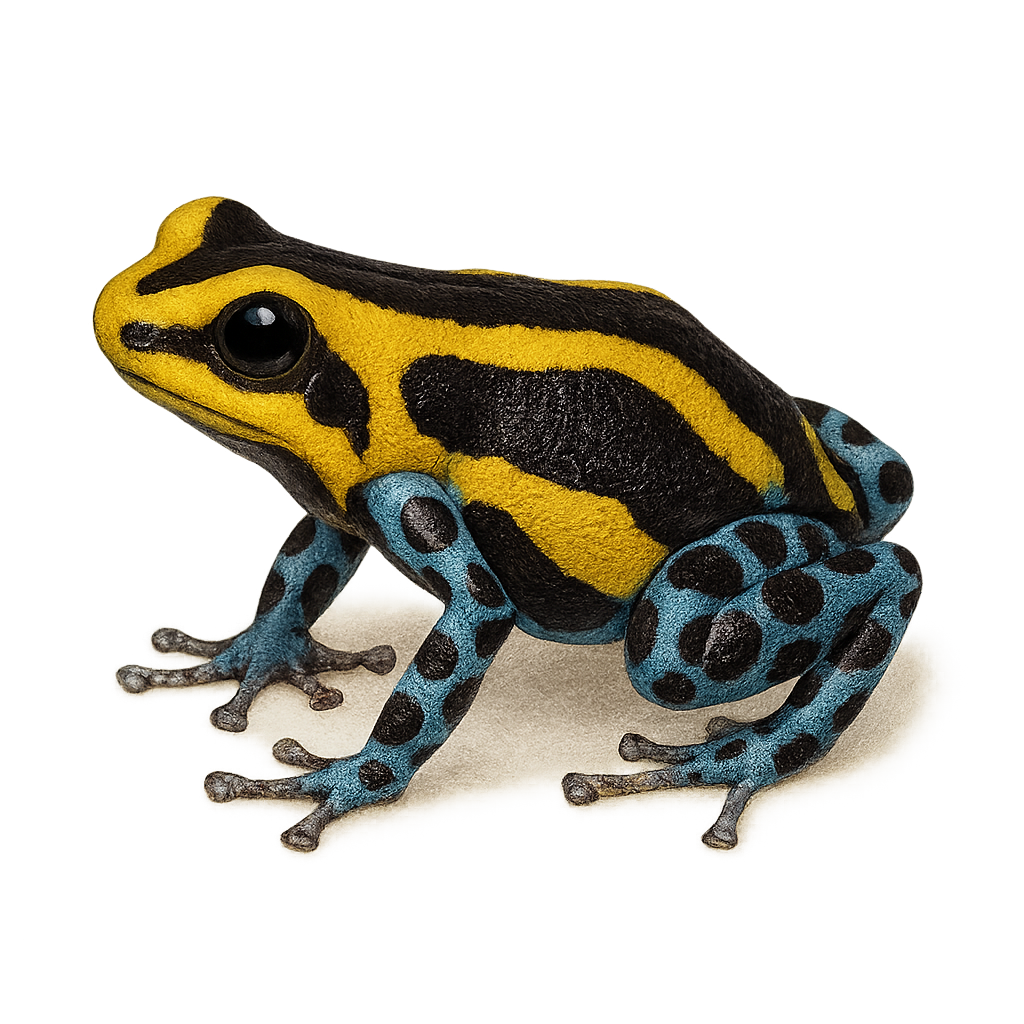Your wildlife photography guide.
Explore the sirena poison frog in detail, study its behavior, prepare your shots.
Where to observe and photograph the sirena poison frog in the wild
Learn where and when to spot the sirena poison frog in the wild, how to identify the species based on distinctive features, and what natural environments it inhabits. The WildlifePhotographer app offers tailored photography tips that reflect the sirena poison frog’s behavior, helping you capture better wildlife images. Explore the full species profile for key information including description, habitat, active periods, and approach techniques.
Sirena Poison Frog
Scientific name: Ranitomeya sirensis

IUCN Status: Least Concern
Family: DENDROBATIDAE
Group: Amphibians
Sensitivity to human approach: Suspicious
Minimum approach distance: 2 m
Reproduction period: November to March
Incubation: 12–14 jours
Births: December to April
Habitat:
humid tropical forests, riparian zones
Activity period :
Primarily active during the day, with peak activity in the morning and late afternoon.
Identification and description:
The Sirena Poison Frog, Ranitomeya sirensis, is a small, brightly colored frog native to the humid tropical forests of Peru. Known for its vivid colors, which range from blue to black with yellow or red patterns, it serves as a warning to potential predators of its toxicity. Measuring about 2 cm in length, this species is diurnal and primarily feeds on small insects. It inhabits lowland areas, often near water bodies. Its skin secretes toxic alkaloids, used by local populations to poison arrows. Although its population is stable, it is threatened by deforestation and the illegal exotic pet trade.
Recommended lens:
Macro – adjust based on distance, desired framing (portrait or habitat), and approach conditions.
Photography tips:
To photograph the Sirena Poison Frog, focus on its vivid colors and distinctive patterns. Use a macro lens to capture the details of its skin and markings. Natural light is ideal, so plan your shoot during the day when the light is soft. Be patient and wait for the frog to move naturally to get dynamic shots. Avoid disturbing its natural habitat and maintain a safe distance of 2 m to prevent stressing the animal.
The WildlifePhotographer App is coming soon!
Be the first to explore the best nature spots, track rutting seasons, log your observations, and observe more wildlife.
Already 1 431 wildlife lovers subscribed worldwide

